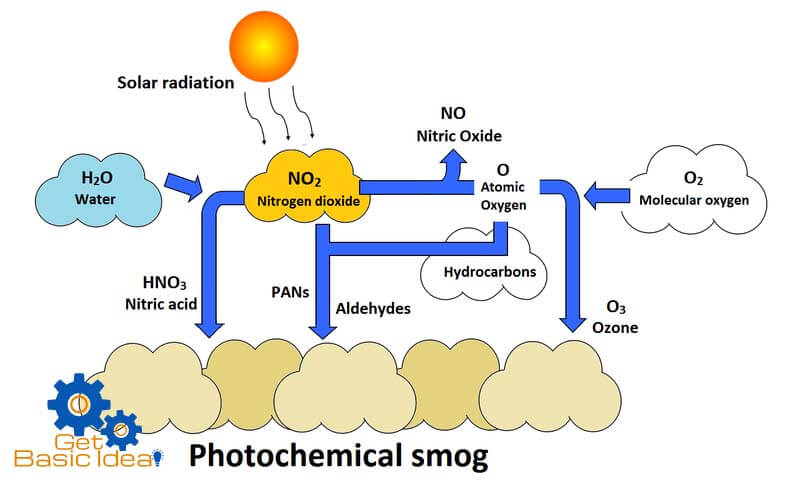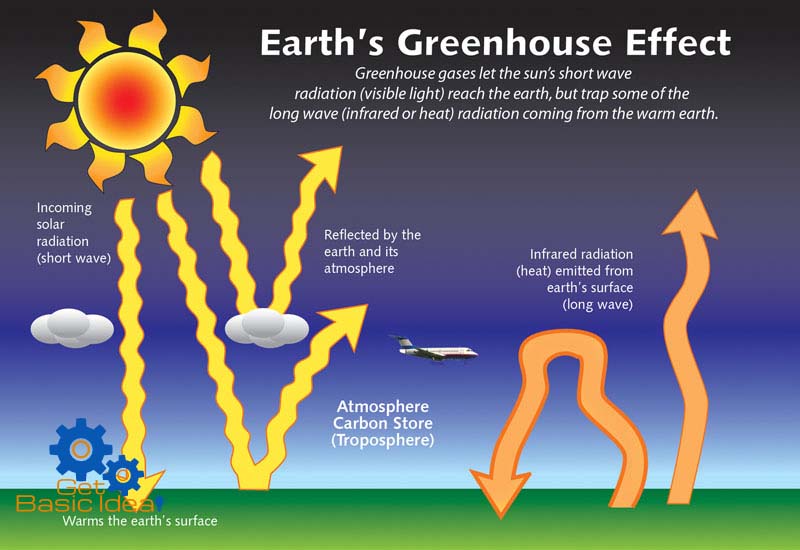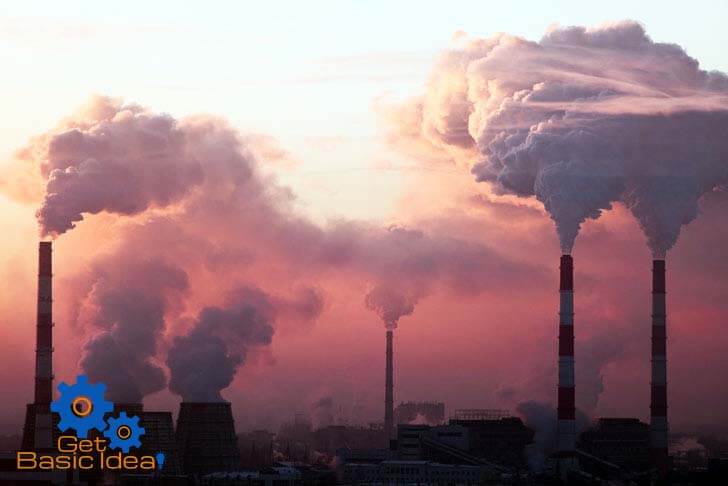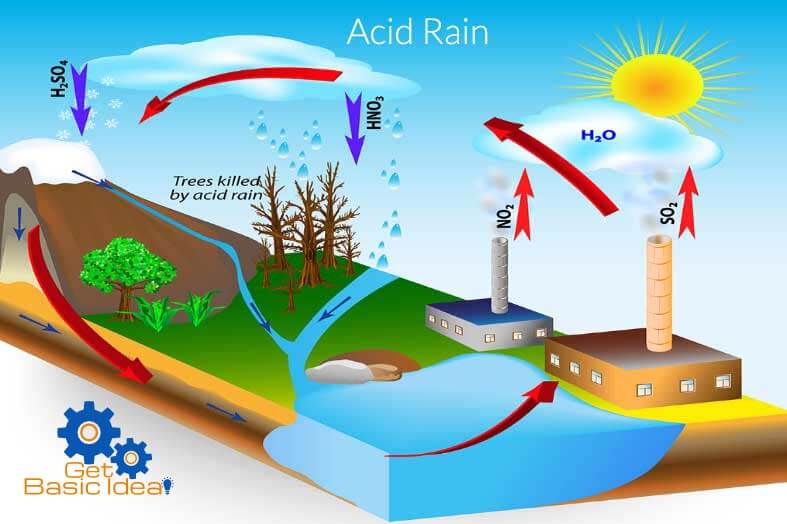Photochemical Smog | Environmental Chemistry
A smog is a combination of smoke and fog. The initial reaction of photochemical smog is the photolysis of nitrogen dioxide (NO2) into nitrogen (NO) monoxide and ozone (O3). [g_article_ads] Nitrogen dioxide is found in the exhaust gases given out from automobiles and industries. This NO2 dissociates in the presence of UV radiation emit with … Read more




